As Squid Game Season 3 hits worldwide on Netflix in 2025, its architecture once again proves itself a psychological device weaponized through spatial design.
Under the direction of production designer Chae Kyoung-sun, the environments are meticulously constructed to intensify narrative themes: control, nostalgia, disorientation, and violence. The show continues its architectural dialogue with modernist and postmodernist masters, translating visual theory into spatial emotion.

How Squid Game Season 3 Uses Curved Spaces to Confuse and Control
The show’s infamous stairwells echo the spatial impossibilities of M.C. Escher’s Relativity and borrow heavily from Ricardo Bofill’s La Muralla Roja, a postmodern housing complex in Calpe, Spain.
Bofill’s use of fragmented planes, vibrant color blocks, and non-linear circulation paths is reimagined in the show to evoke spatial anxiety. These multicolored corridors function as physical metaphors for psychological entrapment; characters are visually lost.
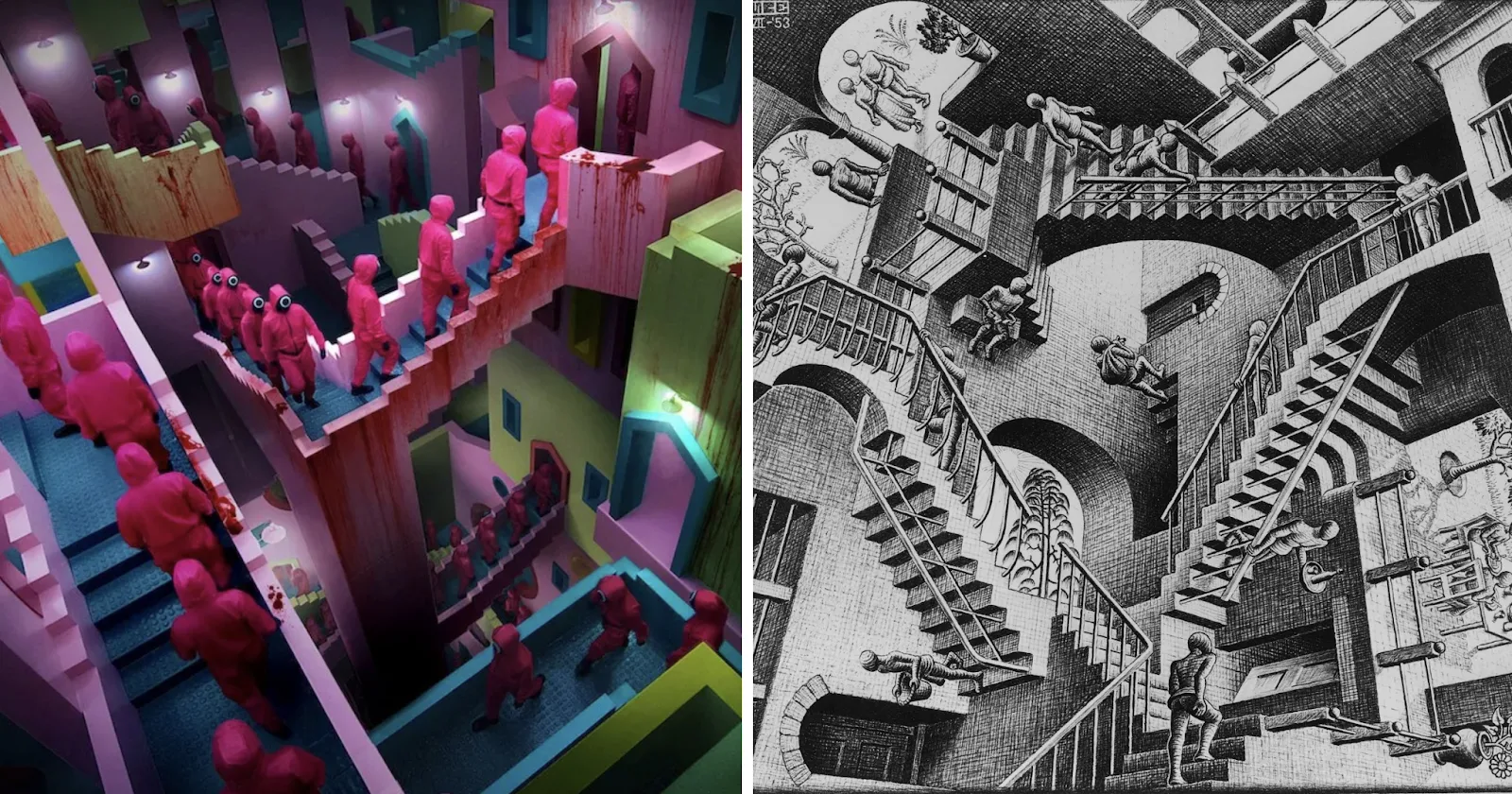
In architectural terms, these sets exploit forced perspective, non-Euclidean circulation, and discontinuous sightlines to obscure scale and destination, creating a sense of spatial vertigo and behavioral conditioning.
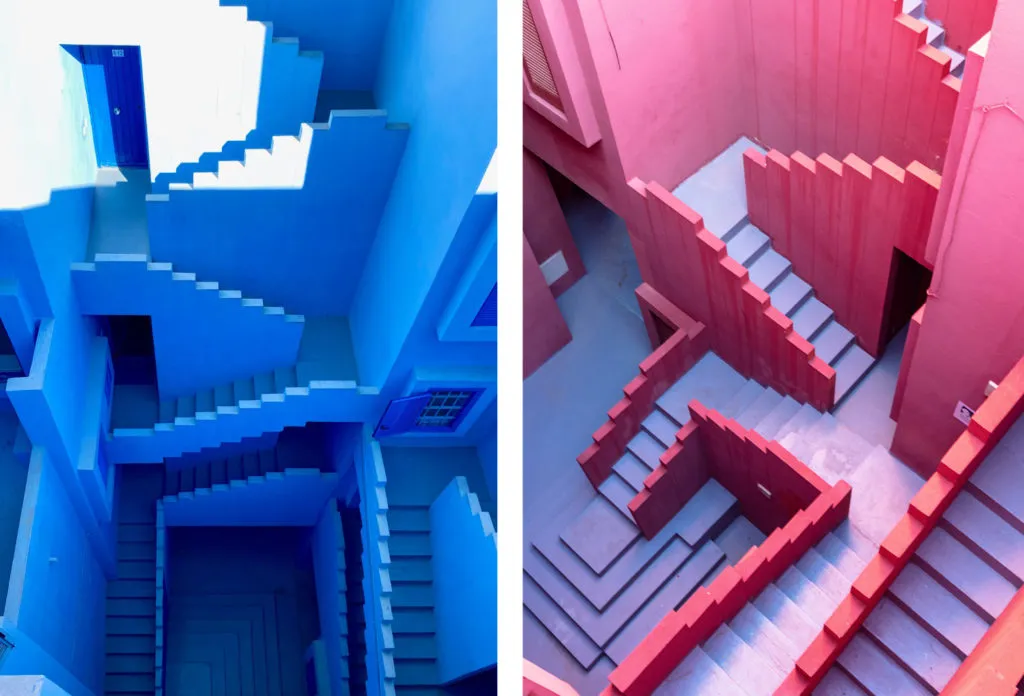
The Semiotics of Color and Materiality
Colors are never ornamental in Squid Game; they operate as psychological triggers. The guards’ saturated fuchsia-pink uniforms and pastel-green tracksuits contrast with the grim nature of their environment, echoing color semiotics in institutional architecture. Walls in the players’ dormitories shift between oppressive greys and institutional greens, invoking comparisons to totalitarian modernism and mid-20th-century social housing.
These color systems also borrow cues from Constructivist architecture and 1960s modular design, meant to look playful but feel dehumanizing. Squid Game Season 3 is expected to deepen this palette by introducing brutalist material textures, raw concrete, gloss-lacquered walls, and surreal, hyper-clean white voids that mimic non-places, a concept theorized by Marc Augé.

Hide-and-Seek Arena: A new curvilinear arena features warped ceilings and diffuse, artificial lighting, reminiscent of Las Vegas-style disorientation strategies. These labyrinthine, mirrored game zones replicate the logic of retail architecture spaces designed to disorient, prolong interaction, and dissolve individual control.
Infantilization via Architectural Scale
Squid Game season 3 continues its manipulation of anthropometric scaling, where environments dwarf or infantilize adults. Oversized dolls, playground props, and toybox arenas create unease through spatial misalignment. This “uncanny” use of childhood architecture plays with the Piagetian developmental model of space perception, where adults regress into passive roles when placed in child-coded spaces.
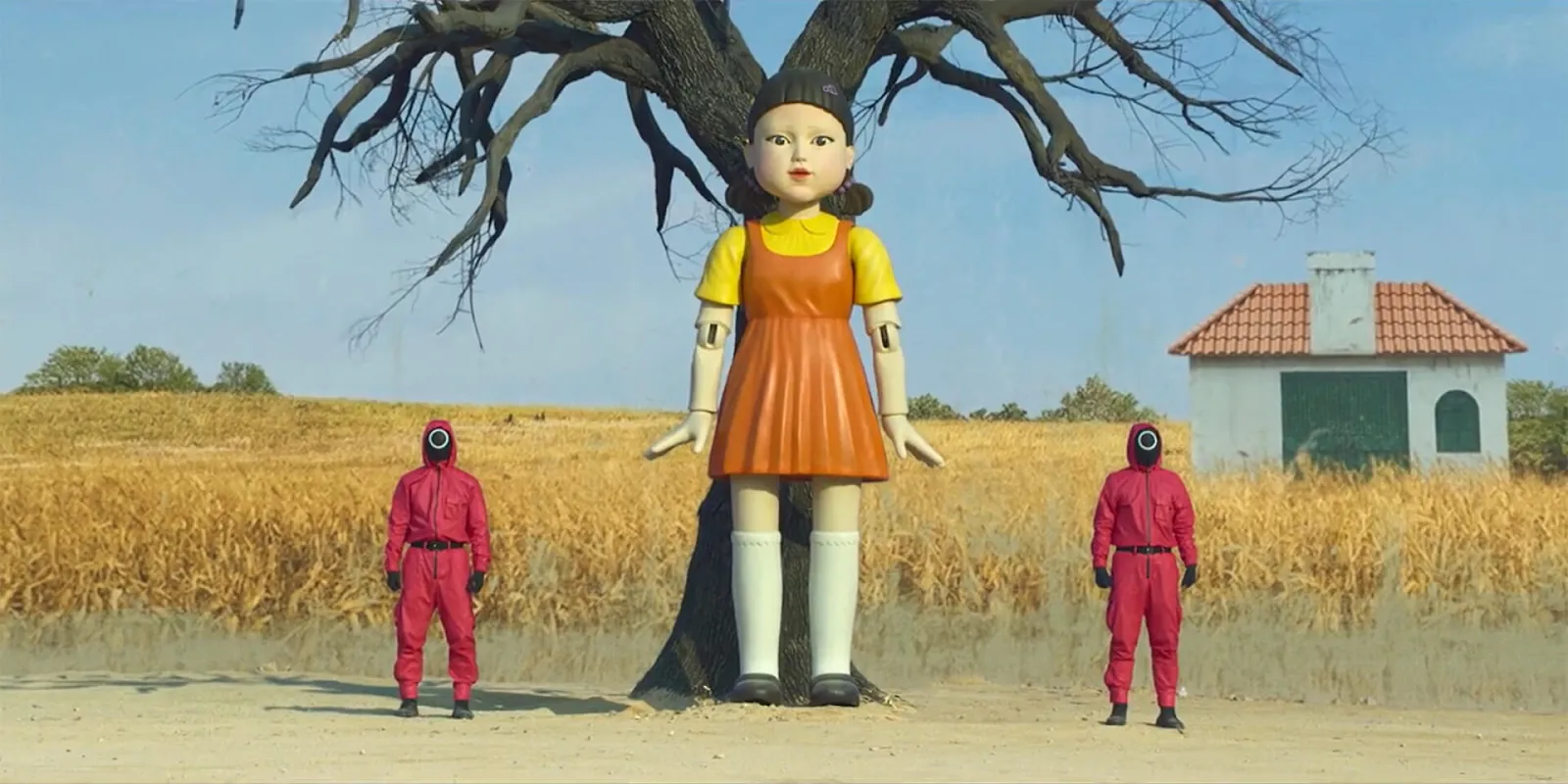
Design-wise, this blurs the line between architecture and scenography. These are narrative devices & experiential simulations meant to reduce agency and evoke nostalgia turned sour.

Dormitory as Architectural Weapon
The players’ quarters reflect institutional typologies: open-plan prison dorms, factory floors, or refugee camps. Using mezzanine stacking, monotone modularity, and symmetrical surveillance lines, these environments suppress identity and erase privacy. Every sleeping pod is exposed, every movement seen.
In Squid Game season 3, early leaks suggest more vertical layering and mirrored surfaces will be used to intensify surveillance themes, effectively making architecture the show’s most omniscient character.
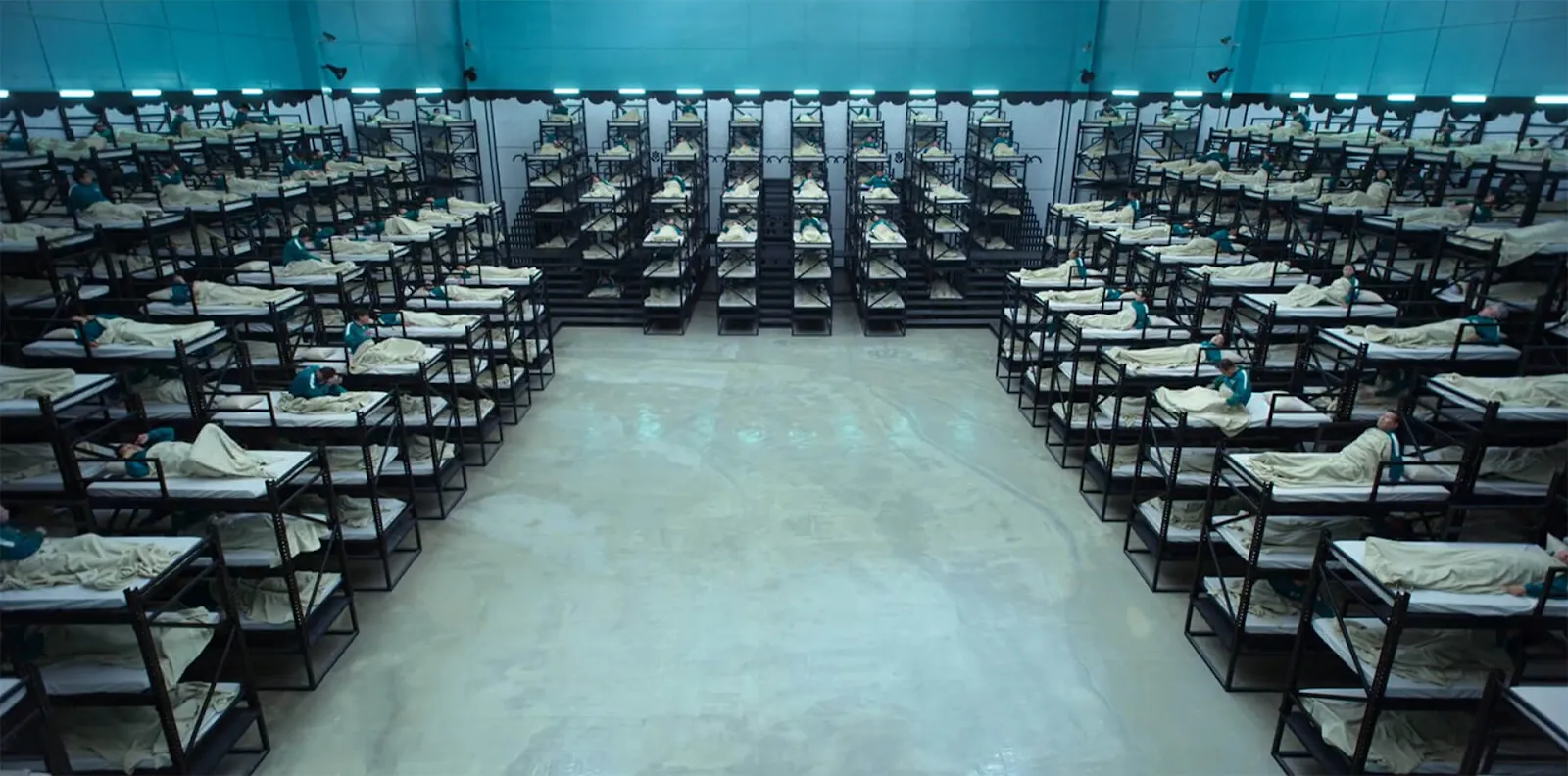
White Space as Existential Void
The “waiting rooms” and VIP areas depart from color entirely, leaning into sterile minimalism, evoking both modernist architecture and speculative sci-fi environments. These void typologies, characterized by white-on-white materials, unbroken walls, and acoustic emptiness, are visual representations of psychological limbo.
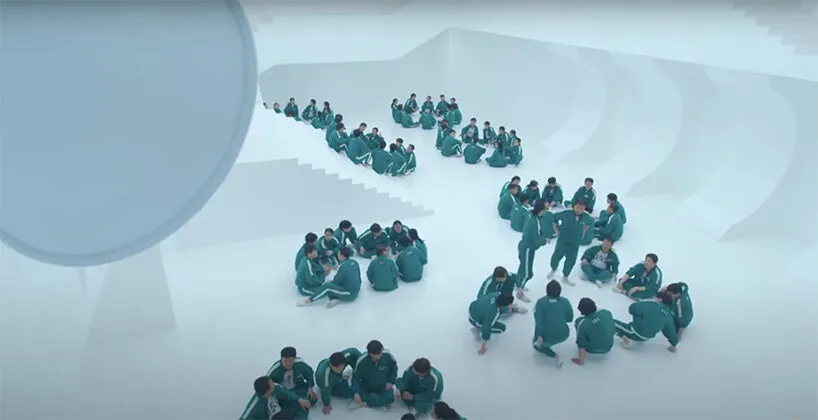
Now rendered in stark white marble, the VIP suite departs from the black opulence of earlier seasons. The shift signals emotional detachment, echoing the Front Man’s icy remove. Its minimalism, set against the island’s oceanic void, evokes post-luxury architecture.
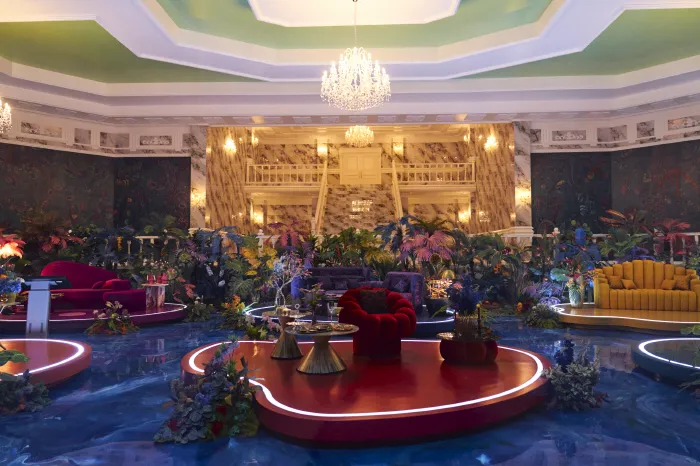
Squid Game’s set design remains a masterclass in architectural storytelling. Every corridor, dormitory, and playground functions as an ideological container. Season 3 evolves this language further, making architecture not just the setting, but the system itself.
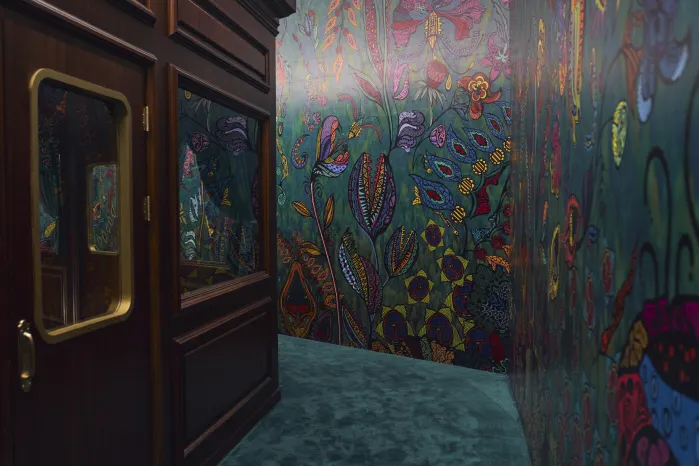
In design terms, they embody a phenomenological approach to architecture: spaces meant to be felt more than understood, emphasizing disorientation and estrangement.
Squid Game’s set design is a masterclass in architectural storytelling. Every corridor, dormitory, and playground is a tool of control, physically modeling the show’s sociopolitical allegories. Squid Game Season 3 doubles down on this premise, evolving the architectural language with tighter spaces, more fragmented circulation, and sharper contrasts between aesthetics and meaning.




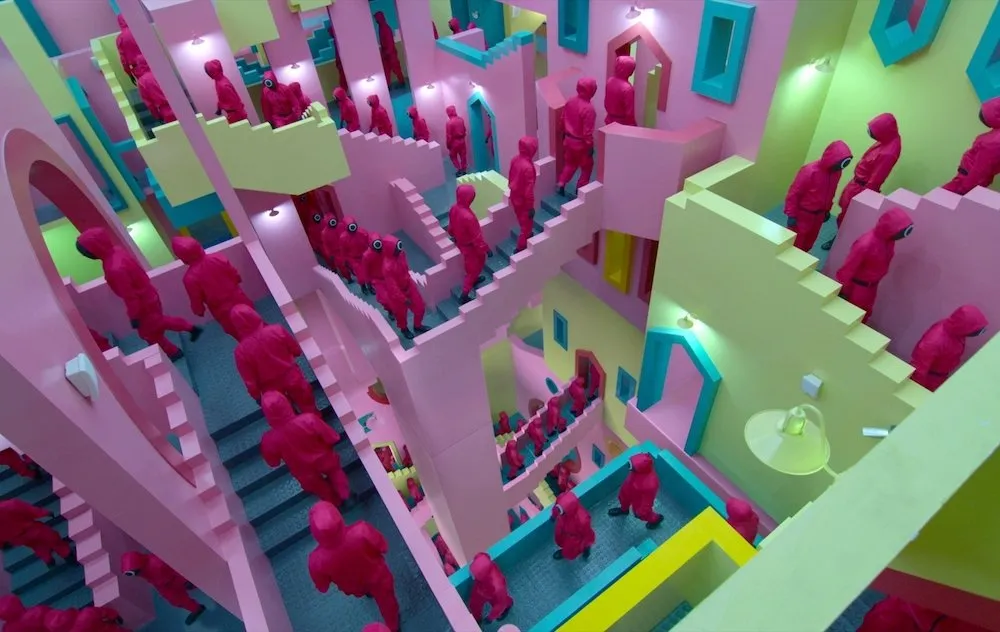












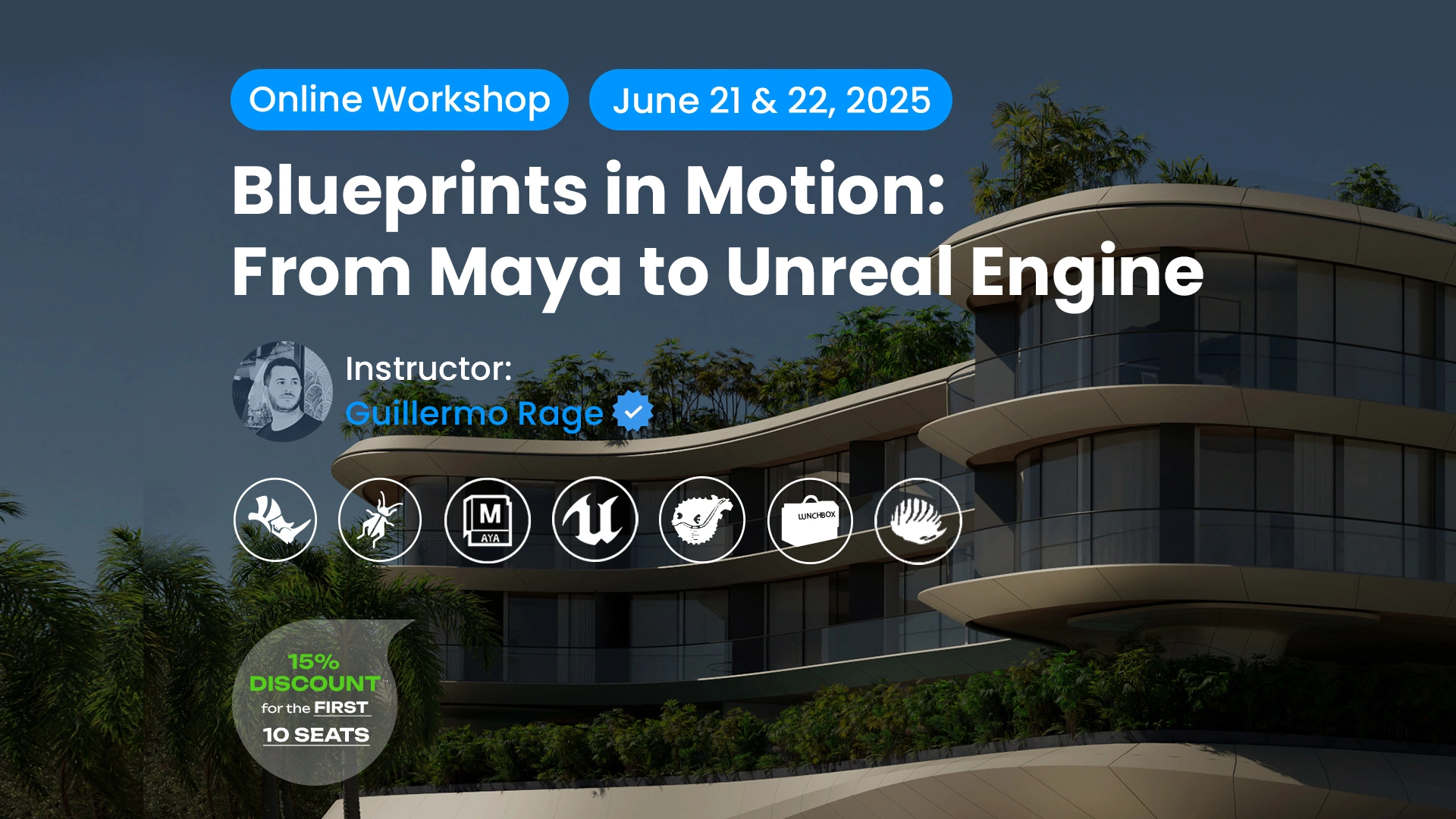










Leave a comment